Over the last two decades, the world has witnessed remarkable changes in technology, fashion, and consumer goods. As the years passed, not only did products evolve, but their prices also fluctuated significantly. In this article, we’ll take a trip down memory lane to explore 20 popular things, from gadgets to everyday items, and see how they have transformed both in terms of functionality and cost over the past 20 years.

Table of Contents
Then vs Now 20 Price and Product Changes
Mobile Phones
Then: In the early 2000s, Nokia’s brick-like phones were all the rage, costing around $200.
Now: Today, smartphones have become an essential part of our lives, with flagship models priced over $1,000.

Laptops
Then: Laptops were clunky and expensive, with a basic model costing around $1,500.
Now: Sleek, powerful laptops are available for as low as $500.

Digital Cameras
Then: Digital cameras were a luxury, often costing $500 or more.
Now: High-quality smartphone cameras are standard, making dedicated digital cameras less popular.

Television Sets
Then: A 32-inch CRT TV used to cost around $400.
Now: Flat-screen HDTVs with more features can be found for as low as $200.

Video Game Consoles
Then: The PlayStation 2 was a hit, priced at $299.
Now: PlayStation 5 and Xbox Series X can go up to $499, offering incredible gaming experiences.

Personal Computers
Then: A desktop PC would cost around $800.
Now: Affordable desktops can be purchased for as low as $300.
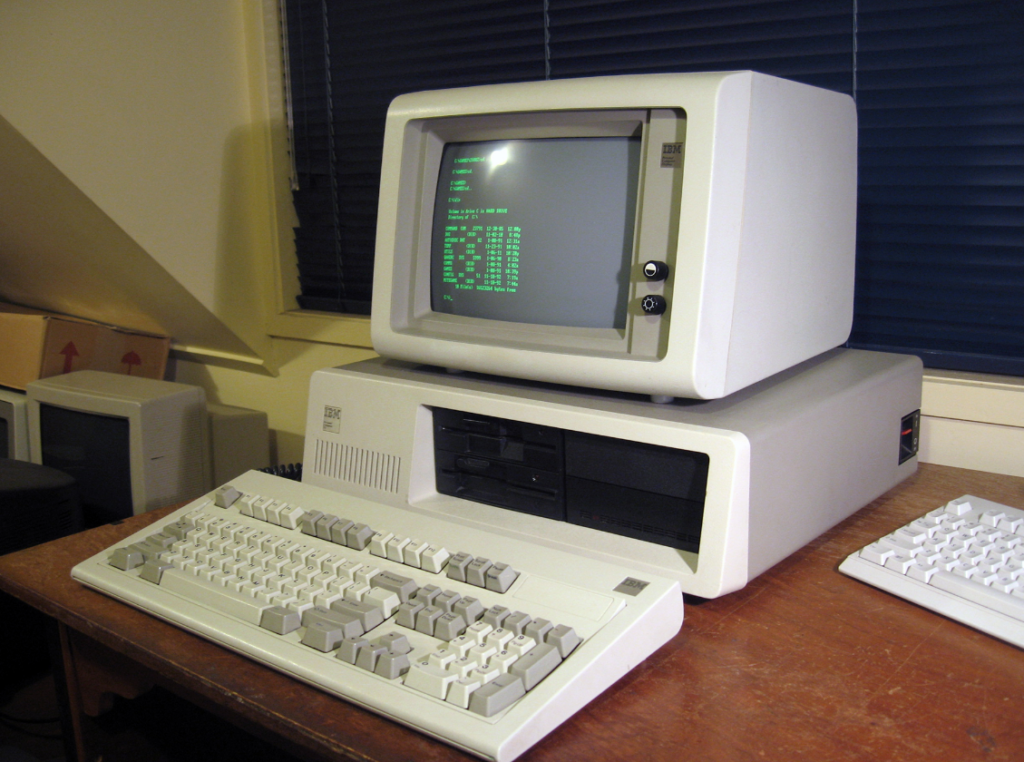
Internet Access
Then: Dial-up internet was common and slow, with monthly fees of $20.
Now: High-speed broadband is prevalent, with prices ranging from $30 to $100+ per month.

Movie Tickets
Then: A movie ticket cost around $5.
Now: Prices vary, but they can be double or triple that, depending on location and format.

Music
Then: CDs were the primary format, with an average price of $15 per album.
Now: Music streaming services like Spotify offer vast libraries for as low as $10 per month.

Fast Food
Then: A Big Mac meal at McDonald’s was roughly $4.
Now: The same meal can cost around $6 to $7.

Coffee
Then: A cup of coffee at a popular coffee shop was $2.
Now: Specialty coffee drinks can range from $4 to $6 or more.

Air Travel
Then: Domestic flights were often more affordable, with round-trip tickets averaging $300.
Now: Airfare costs have become more variable, with prices fluctuating due to factors like fuel costs and demand.

Gasoline
Then: Gas prices were significantly lower, around $1 per gallon.
Now: Gasoline prices can be anywhere from $3 to $5 per gallon or more.

Education
Then: College tuition was more reasonable, with an average cost of $5,000 per year.
Now: The cost of higher education has skyrocketed, with many students facing substantial debt.

Real Estate
Then: Median home prices were around $150,000 in the early 2000s.
Now: Median home prices vary widely, with many regions experiencing increases to $300,000 or more.

Electric Cars
Then: Electric vehicles were a niche market with limited options and higher prices.
Now: Electric cars have become more accessible, with a wider range of models and lower starting prices.

E-books
Then: E-books were just gaining popularity, often priced similarly to physical books.
Now: E-books are widely available, with many free and low-cost options.

Online Shopping
Then: E-commerce was in its infancy, and online shopping was not as common.
Now: Online shopping is a dominant force, with competitive prices and convenient delivery options.

Smart Home Devices
Then: Smart thermostats and voice assistants were rare and expensive.
Now: Affordable smart home devices are widespread, enhancing daily life.

Streaming Services
Then: Netflix was a DVD rental service, costing around $10 per month.
Now: Streaming services offer diverse content libraries, with prices ranging from $5 to $15 per month.

Conclusion
The last two decades have brought about a whirlwind of change in terms of the products and services we use and their corresponding prices. From the proliferation of smartphones to the evolution of entertainment, technology, and everyday items, our world has transformed significantly. These “then and now” comparisons illustrate how innovation, competition, and changing consumer preferences have shaped our lives and the economy, with both positive and negative consequences. As we continue to adapt to the ever-evolving landscape of products and prices, it’s exciting to imagine what the next 20 years will bring.




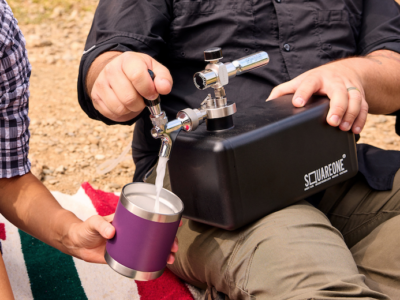




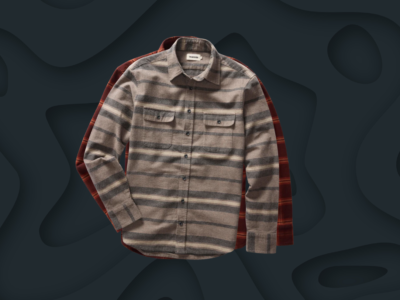





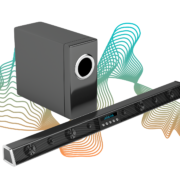






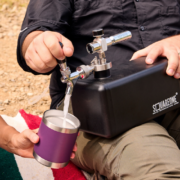
Comments